#deinosuchus
Text

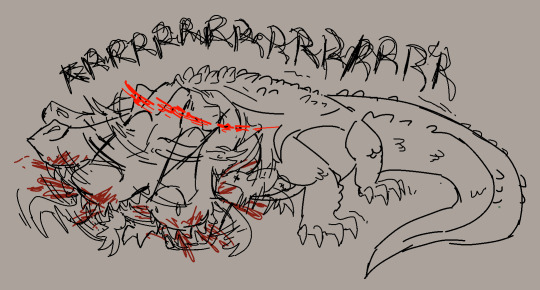
let him get up let him get up
#paleoart#oc#paleontology#art#dinosaurs#original character#deinosuchus#this is an oc by the way. I think I will name him Mortician#STOP! STOP! OH MY GOD!!!! STOP HES DEAD!!!! STOP
22 notes
·
View notes
Text

What a croc! This Fossil Friday, let’s take a bite out of the weekend with Deinosuchus—a giant crocodilian that lived alongside the dinosaurs some 75 million years ago. Reaching lengths of more than 35 ft (10.7 m) and weighing more than 8,000 lbs (3628.7 kg), Deinosuchus was as long as a school bus and as heavy as an elephant, making it one of the most powerful predators in its ecosystem. In fact, partially healed bite marks found on the bones of a tyrannosaur in North America match this giant croc’s teeth, suggesting Deinosuchus could go toe to toe with even the most formidable of dinosaurs.
This image is a historical reconstruction from 1942 and is not representative of current size estimates.
Photo: Image no. 318651/ © AMNH Library
#science#amnh#museum#fossil#nature#natural history#animals#paleontology#did you know#fact of the day#fossil friday#crocodile#deinosuchus#ancient animals#predators
646 notes
·
View notes
Text



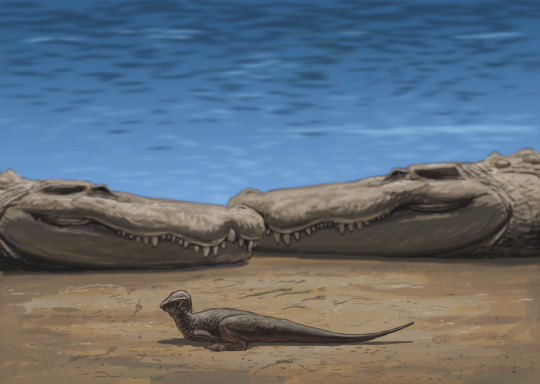
Results from the (partly) pachycephalosaur #paleostream
Avisaurus (with Platytholus), Saurornitholestes (with Stegoceras skull), Tylocephale, Texacephale (Deinosuchus in the background)
2K notes
·
View notes
Text
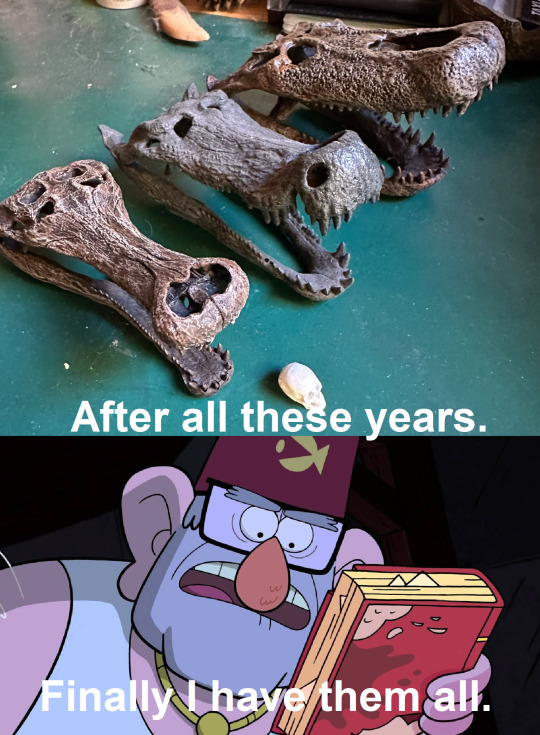
Finally got THE BIG THREE. The skull models of Sarcosuchus, Deinosuchus and Purussaurus all made by Brennan Ruadhrí of scaledbeast.com. I can highly recommend them, they are available at different scales (these are the smallest) both with open and closed mouths. And for those not into crocs (well first of all shame on you) there's also dinosaurs, pterosaurs and other prehistoric animals available.
#scaledbeast#sarcosuchus#purussaurus#deinosuchus#croc#crocodilia#crocodylomorpha#models#skull#croctober#pholidosauridae#caiman#caimaninae#alligatoroidea#palaeoblr#paleontology#prehistory
594 notes
·
View notes
Text

My 25 years of palaeoart chronology...
In these early years (currently 2003), I had a bit of time to paint some of my own ideas, rather than always having to follow a brief. This acrylic painting, called Reaper in Paradise, features a Deinosuchus ambushing a tyrannosaur. I would love to do an up-to-date version of this one day.
#Art#Painting#PaleoArt#PalaeoArt#SciArt#SciComm#DigitalArt#Illustration#Dinosaurs#Birds#Reptiles#Palaeontology#Paleontology#Deinosuchus
59 notes
·
View notes
Text
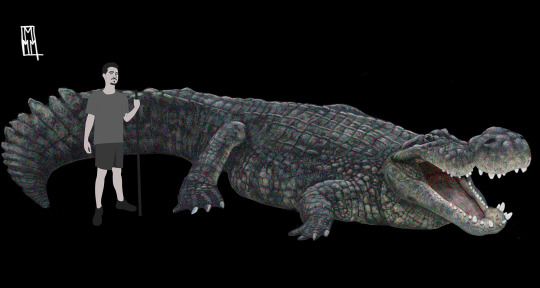
Deinosuchus : The monstrous Alligatoroidea that ate tyrannosaurs
Much has been said about the well-known Deinosuchus, the genus of giant Alligatoroidea from the Cretaceous of North America. Three different species of Deinosuchus are currently known: D. hatcheri, the recently described D. schwimmeri and D. riograndensis (Whose main defining characteristic are two enigmatic fenestrae on the premaxilla whose functional morphology remains uncertain. I will discuss this topic in depth in a specific post later, once I have finished the illustrations for it). On average, the specimens of D. riograndensis are much larger than those of D. schwimmeri (In the case of the holotype of D. hatcheri CM 963 , this is close to/equal to the size of the largest specimens of D. riograndensis) , its possible that this is due to the fact that D. riograndensis in particular was subject to more favorable environmental conditions (For example, a greater number of prey) that allowed them to reach larger sizes. This illustration try to represent the maximum size of D. riograndensis based on the estimates proposed for specimen TMM 4362-1, about 12 m TL and 8,000 kg. Myself (1.75 m) as reference.
#animals#zoology#reptiles#art#nature#paleoart#crocodiles#wildlife#crocodilians#paleontology#deinosuchus
107 notes
·
View notes
Text
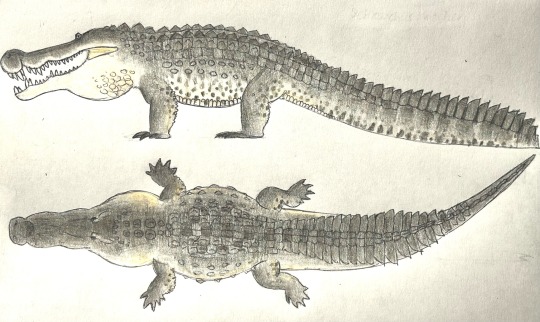
Hatcher’s Terrible Crocodile
Color-Pencil impression of Deinosuchus hatcheri, a giant 10.6 to possibly 13-meter-long crocodilian that terrorized North America’s coastal floodplains during the Campanian age (82-73 million years ago) of the Late Cretaceous.
#paleoart#paleontology#deinosuchus#crocodylomorpha#crocodilian#late cretaceous#campanian#laramidia#deinosuchus hatcheri#cretaceous#cretaceous period
56 notes
·
View notes
Text
Path of Titans makes me really mad like 80% of the time, but then I make friends with a mosa who wears my tail as a hat and I think "oh yeah. this game is worth every penny."


23 notes
·
View notes
Text
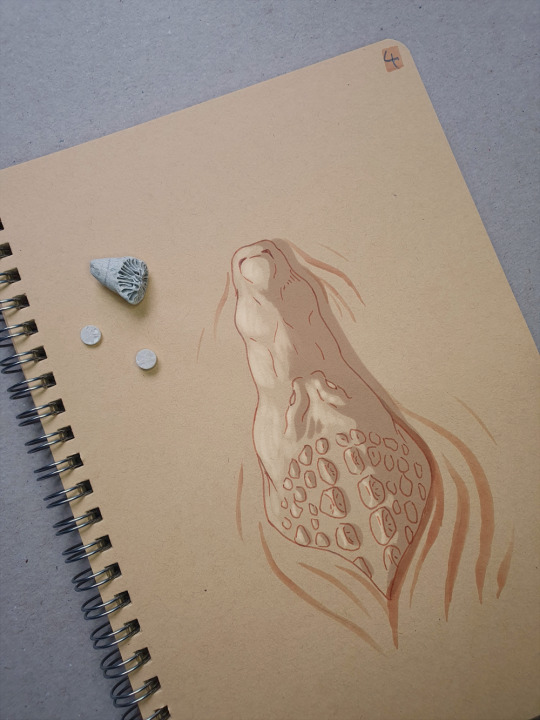
Day 4: Deinosuchus hatcheri
#paleoart#art#dinosaur#prehistoric#paleontology#digitalart#traditionalart#Archovember2023#Archovember#Dinovember#Dinovember2023#DrawDinovember#DrawDinovember2023#Deinosuchus#Deinosuchushatcheri#Crocodilia
45 notes
·
View notes
Text

#Archovember Day 4 - Deinosuchus hatcheri
I have long had little to no interest in drawing Deinosuchus as it’s simply “a big alligator” with, in my opinion, nothing interesting or unique about it anatomically. But I get people asking about it at least once a year, so I finally added it to an Archovember list. And it wasn’t until drawing this thing’s size chart that I realized how large and terrifying this animal would have been. It was truly an apex predator.

Deinosuchus lived during the Late Cretaceous across most of the USA and Northern Mexico, on both sides of the Western Interior Seaway, growing to larger sizes on the Western side but with a more abundant population on the Eastern side. It was an alligatoroid, closely related to modern alligatoroids like alligators and caimans (though not a direct ancestor), and would have looked similar to its smaller relatives. One study indicated that Deinosuchus had a growth rate similar to modern alligators, taking over 35 years to reach adult size, but as it had a lifespan of up to 50 years it had the time to grow so large… up to 10.6 meters (35 ft) long. Unusually large and heavy osteoderms held by connective tissue would have served as load-bearing reinforcement, allowing Deinosuchus to support its bulky frame on land as well as in water. Its teeth were adapted for crushing, not piercing, and with an estimated bite force of 18,000 N (1,835 kgf; 4,047 lbf) to 102,803 N (10,483 kgf; 23,111 lbf) it likely would have clamped down and held its prey underwater til it drowned, similar to modern crocodilians. A 2014 study suggested that they also would have been able to “death roll”, spinning their massive body in the water to tear off chunks of flesh.

As an apex predator and an alligatoroid, Deinosuchus would have fed on whatever it could have caught, including fish, sea turtles, and dinosaurs. Depending on where in the US it lived, Deinosuchus’ diet would have varied. The smaller-bodied Eastern population likely had a niche similar to American Alligators, opportunistically feeding on large fish, marine turtles, and smaller dinosaurs. Meanwhile, the larger-bodied Western population would have been more specialized in ambushing large dinosaurs. However, there were no large theropod dinosaurs in Deinosuchus’ eastern range (that we know of) so even as a smaller “terrible crocodile” it would have been the apex predator of the region.
#my art#SaritaDrawsPalaeo#Deinosuchus hatcheri#Deinosuchus#crocodilian#pseudosuchians#archosaurs#archosauromorphs#reptiles#Archovember#Archovember2023
21 notes
·
View notes
Photo
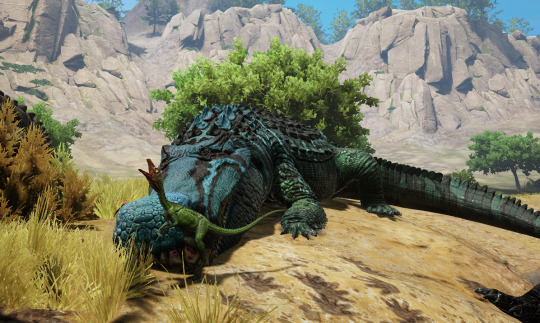
Me: So I recently started playing as this enormous prehistoric croc...
Family members: Oooh, I bet you're tearing things to shreds left and right! 😁
Me: (casually makes a microscopic friend instead. They were only half-wrong. I'd deathroll half of the dinosaur population to keep this tiny green bean safe 😂)
51 notes
·
View notes
Text
youtube
I am back again throwing my opinions on the internet ..but this time, it's about The Isle.
#The Isle#the isle evrima#dinosaur#dinosaurs#ceratosaurus#video game#video essay#text post#omniraptor#utahraptor#carnotaurus#deinosuchus#gallimimus#Youtube
34 notes
·
View notes
Text

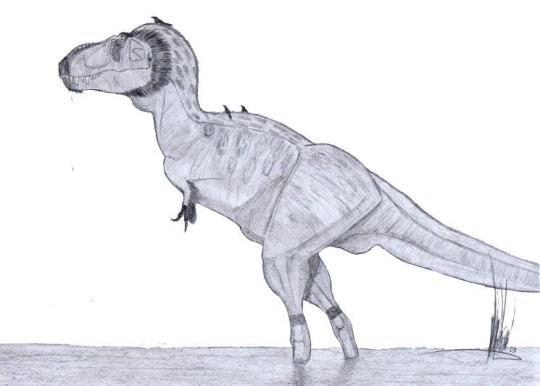
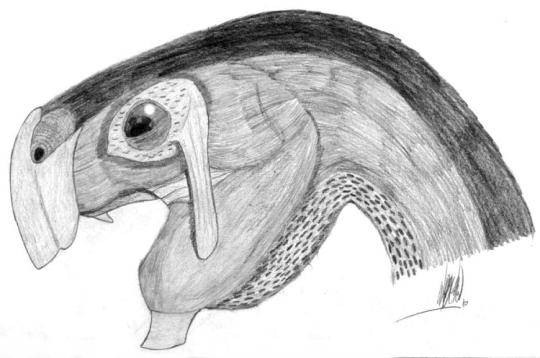
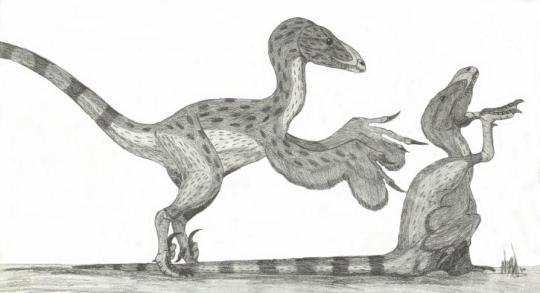

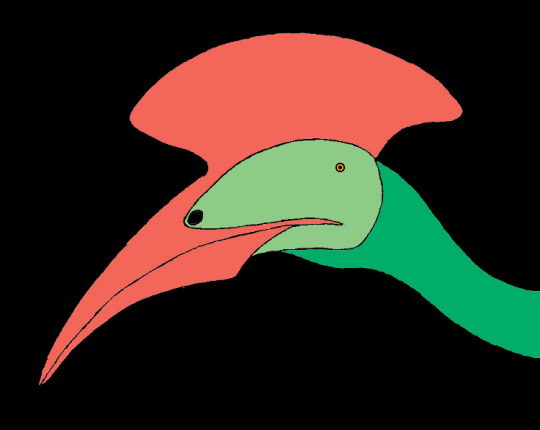


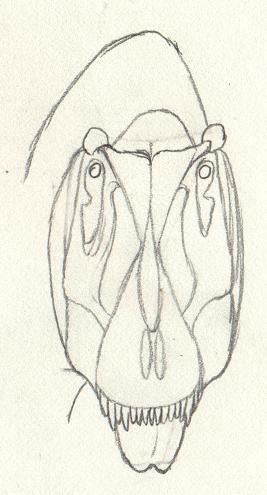
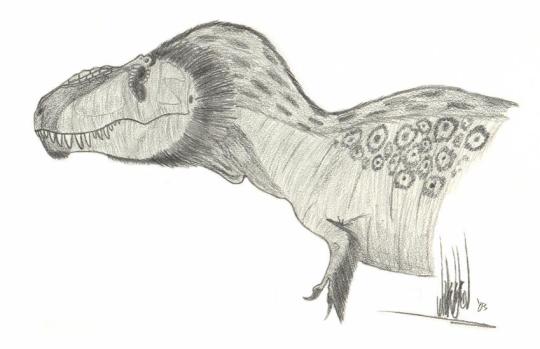

While putting off going to bed, I stumbled upon a folder on one of my hard drives containing some more of my old paleoart from 2002-2003.
#paleoart#dinosaurs#tyrannosaurus#conchoraptor#tarbosaurus#daspletosaurus#deinonychus#spinosaurus#deinosuchus#pterosaurs#my art
7 notes
·
View notes
Note
deinosuchus
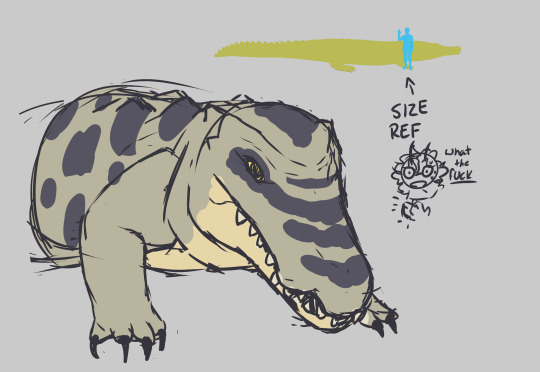
Listen I swear I tried to draw the rest of his body but it just wasn't working Crocodillian bodys HATE me
anyways who the fuck let a 30 foot long crocodile happen and can I shake their hand?
#answered asks#my art#prehistoric#paleoillustration#paleoart requests#i think thats a tag for this? i hope so lol#deinosuchus#I got a little funky with his markings because its basically crocodile but fuck off huge (and slight skeletal differences obvs)#i hate drawing crocodiles but i love drawing them so much they always look so cool#but their pancake asses and reptile fingies always kill me
36 notes
·
View notes
Text
JUST LOOK AT THE BIG CUTIE PLAYING WITH THE TAIL :))
16 notes
·
View notes
Note
Hello! I'm one again back with more questions.
In some of the publicly released information about the Indominus Rex, its stated that it has Deinosuchus DNA however i can't find a exhibit on the map.
Was Deinosuchus only used for it's DNA? or is it featured in a attraction and not listed?
And on the topic of Crocodilians, does the park feature any Barinasuchus?
Always happy to answer!
Yes, we have long had Deinosuchus DNA in our database but only in recent years have we acquired enough to be considered workable. Sadly, complications in the fertilization process have prevented us from creating live specimens, but the genetic data has proven invaluable for much of our other genetic engineering work, including hybridization.
Deinosuchus is currently on the shortlist of species we hope to recreate in the coming decades, in response to tentative plans to expand our operations beyond Isla Nublar. There is every chance our loyal Jurassicateers will be able to see this magnificent crocodilian and other species in new Jurassic World parks much closer to home!
There are not yet plans to de-extinct Barinasuchus, but this may change as methods for Paleo DNA extraction and recreation improve. Stay tuned!
10 notes
·
View notes